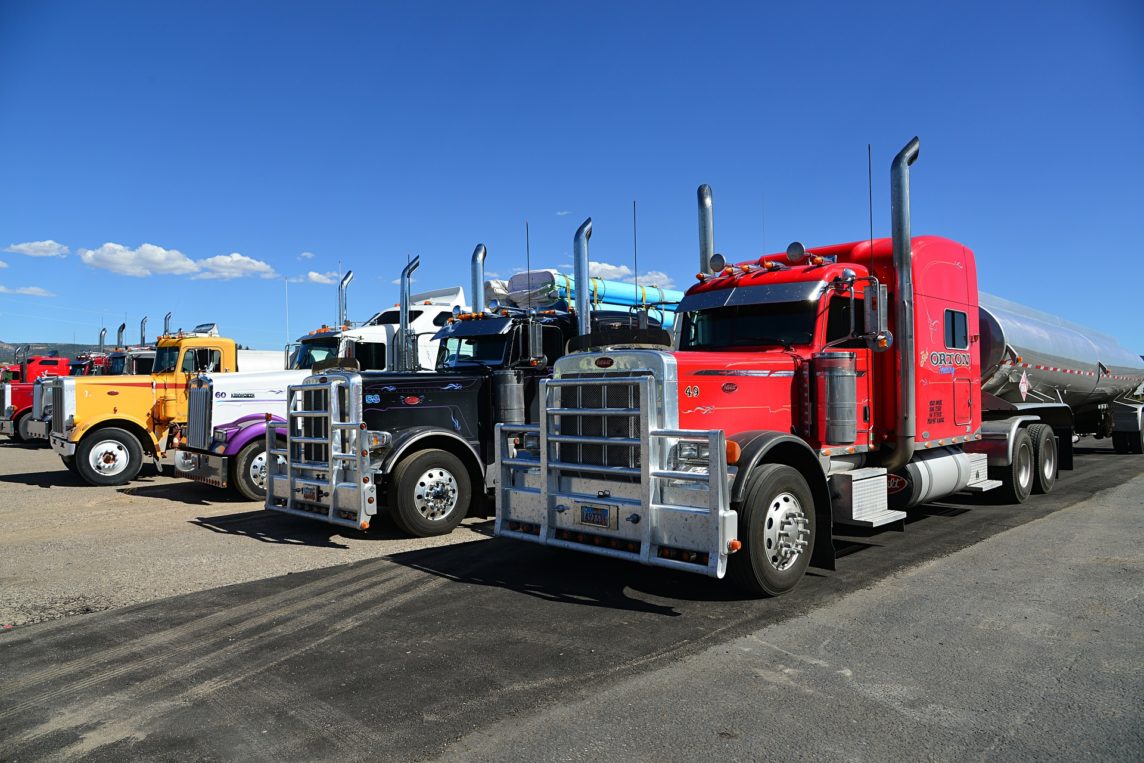Across the US, trucking rates have been hovering at record highs for months and show no signs of coming down. The higher rates and limited capacity are the result of a perfect storm of factors, some of which were unforeseeable, while others have been on the horizon for months or even years. Shippers who are alarmed at having to recalculate their logistics budget must first understand the underlying reasons why trucking is changing and adjust their strategies and expectations accordingly.
Trucking rates have been primed to increase for quite some time, but many shippers and carriers failed to heed the warnings, which helps explain why the climb has been so dramatic in the past few months. The ELD mandate is officially in effect, but large numbers of carriers waited until the last minute to place orders, leading to a backlog in devices, and fleets of drivers still learning how to follow the new rules. While most of the largest carriers have been in compliance for months or years, businesses frequently underestimate the degree to which they rely on small carriers to pick up the slack. Shippers are finding that a one-day route now takes two days, or that their former drayage provider has reduced the distance it is willing to run and are scrambling to expand their network of carriers. Meanwhile, carriers are seizing the opportunity to turn a profit, after years of barely scraping by.
While the ELD mandate has rightfully received a great deal of attention, it’s far from the only cause of skyrocketing rates. There is also the matter of the national driver shortage, which is tightening capacity, as the industry finds itself unable to retain new drivers and replace its aging workforce. Finally, the recent pressure for tight delivery windows, a move spearheaded by Wal-Mart’s “on-time, in-full” initiative, has challenged truckers nearly as much as the ELD mandate. Shippers are imposing these stricter delivery expectations in an effort to remain competitive but should be aware of the effect it’s having on already tight capacity.
Aside from trucking-specific issues, there are larger economic forces at play. The unflagging rise of ecommerce has upended the freight status quo and placed a greater emphasis on smaller and more frequent deliveries, both direct-to-consumer and to retailers who are trying to maintain smaller inventories. The result has been an LTL market that is making particularly striking gains. According to JOC, 3PL firms saw a 33.2 percent year-over-year increase in LTL volumes in the fourth quarter. The economy as a whole has been surprisingly robust, with GDP expansion exceeding expectations, and volume and consumer demand rising along with wages. Exacerbating all these factors was the unusually intense 2017 hurricane season, the effects of which are still being felt.
To recap: the US trucking industry is currently being asked to deliver more volume, with fewer drivers, operating under stricter regulations, for shippers with higher than ever expectations. In this climate, higher rates are simply inevitable. The spot rate market is high nationwide, and some shippers are reporting contract rate increases in the double digits. For shippers, this situation requires a shift in strategy. During other periods of temporarily inflated rates, shippers have counted on last-minute bids to find carriers willing to accept a lower piece. That tactic simply won’t work in this environment, and shippers attempting it are facing rates hundreds of dollars higher than the market average. The best, and indeed the only option, is to develop relationships with more carriers and working with a broker like Red Arrow who has access to a much larger carrier market. The benefit of a qualified broker is that they have done the carrier vetting and will manage contracts, insurance and motor authority to add additional capacity. Many of our customers state that they don’t have the time or bandwidth to try and manage more carriers or smaller fleets so they leave that role to us.
Contract rates will be higher this year, but offering your providers guaranteed, consistent volume will help stabilize the market and your budget. Perhaps most importantly, shippers need to maximize efficiency in all their interactions with truckers. Long detention and wait times will sour relationships with good carriers, who are newly empowered to find customers elsewhere. Not only that, delays will cut into overall capacity and drive rates even higher. When rate relief does eventually come, it will be because carriers, shippers, and freight brokers all learn to take advantage of the improved visibility offered by new technologies. In the meantime, shippers shouldn’t take their frustration out on their 3PL providers, who are weathering the same market, and often taking losses for shippers they serve under annual contracts. By the same token, shippers should take seriously the fact that the economy is rapidly evolving, and in this new era, carriers are your partners, not your adversaries.



